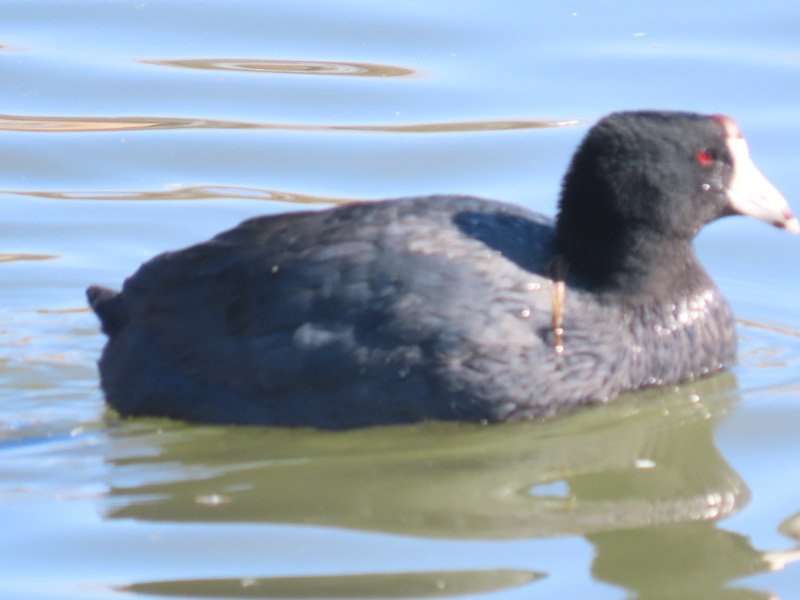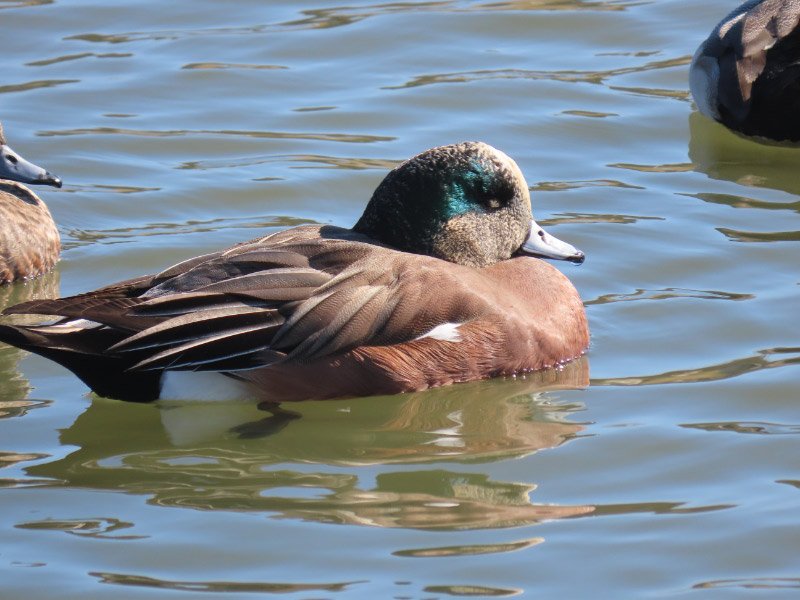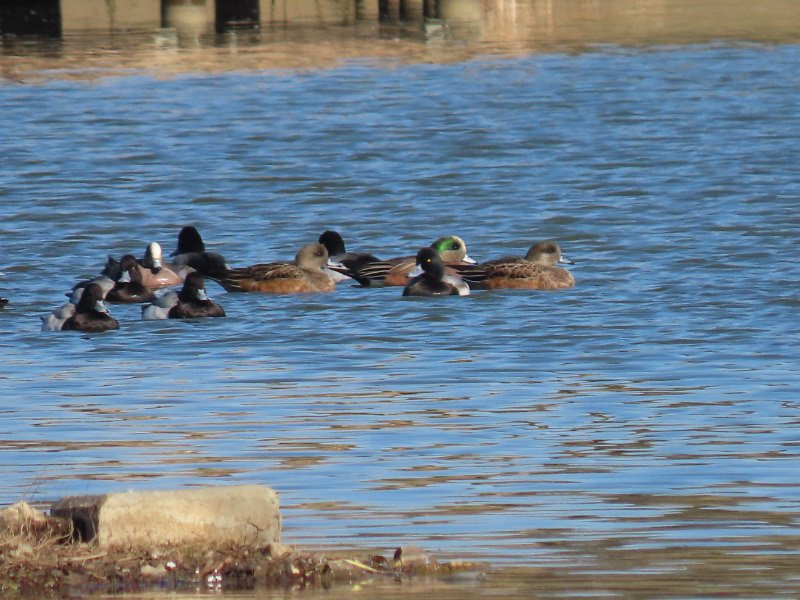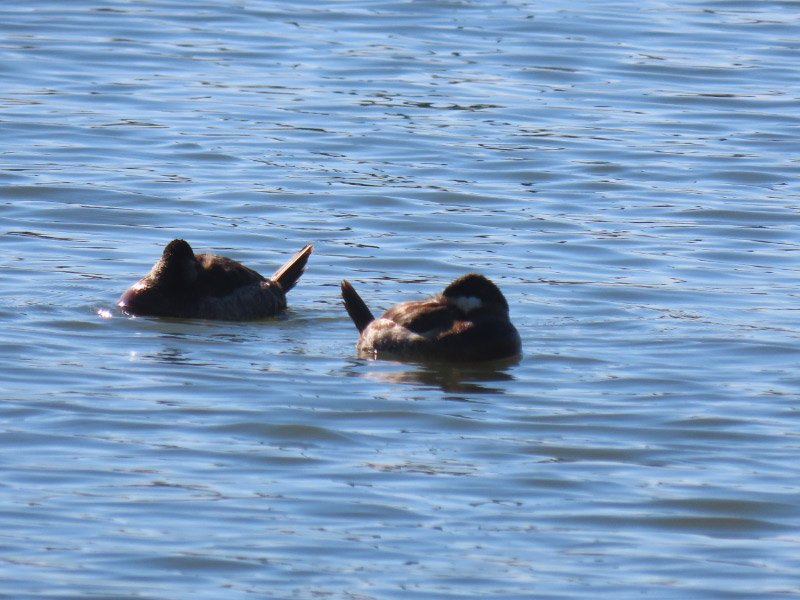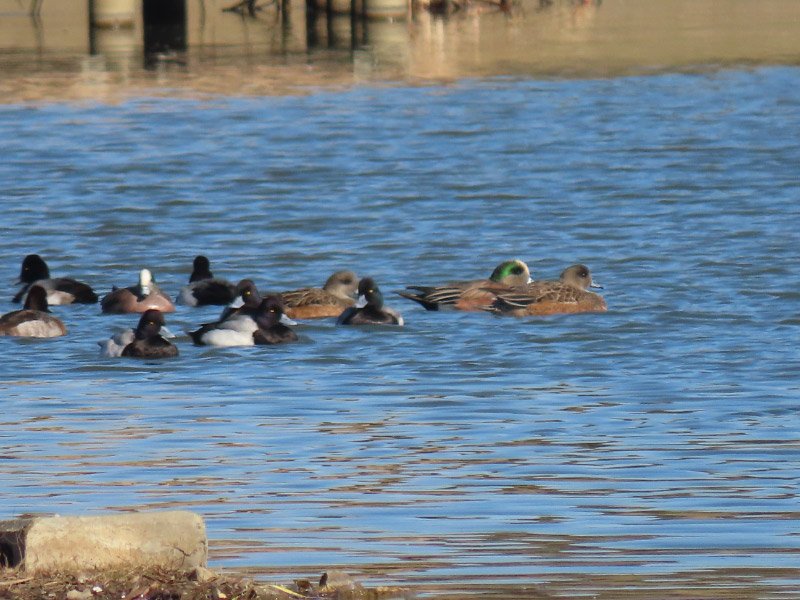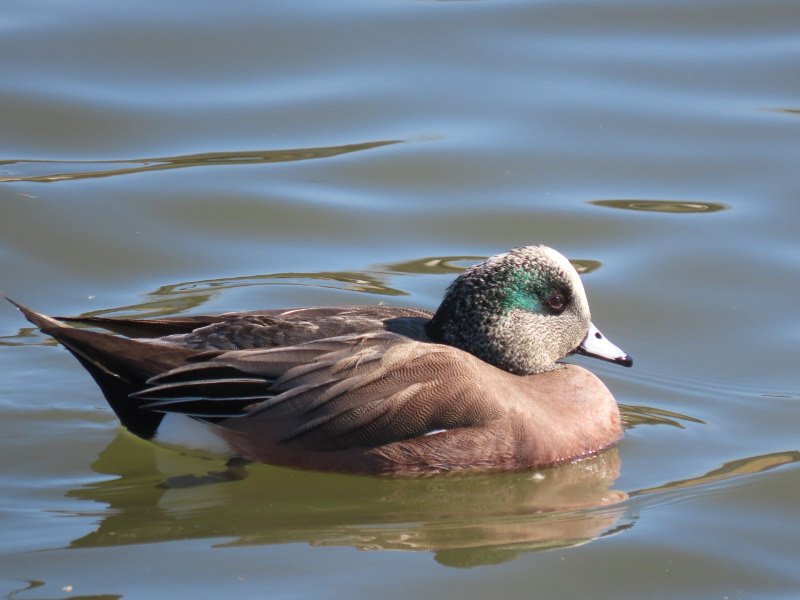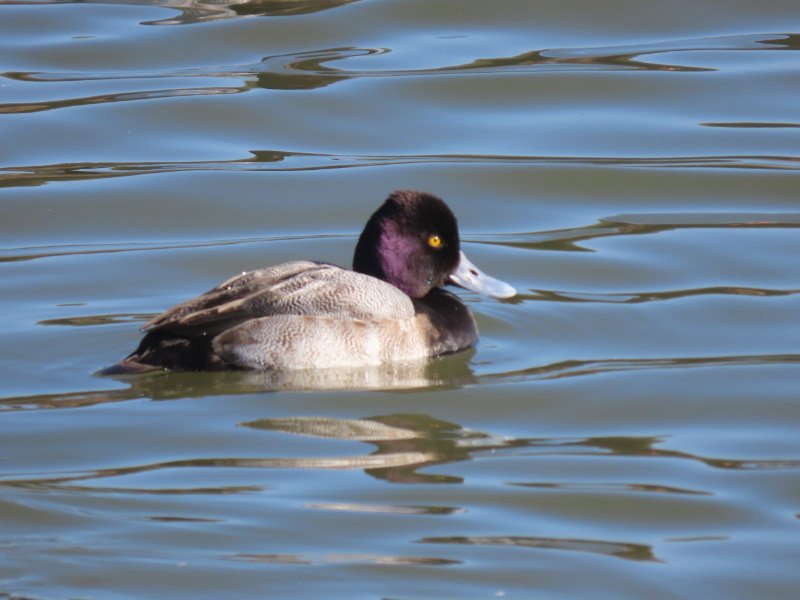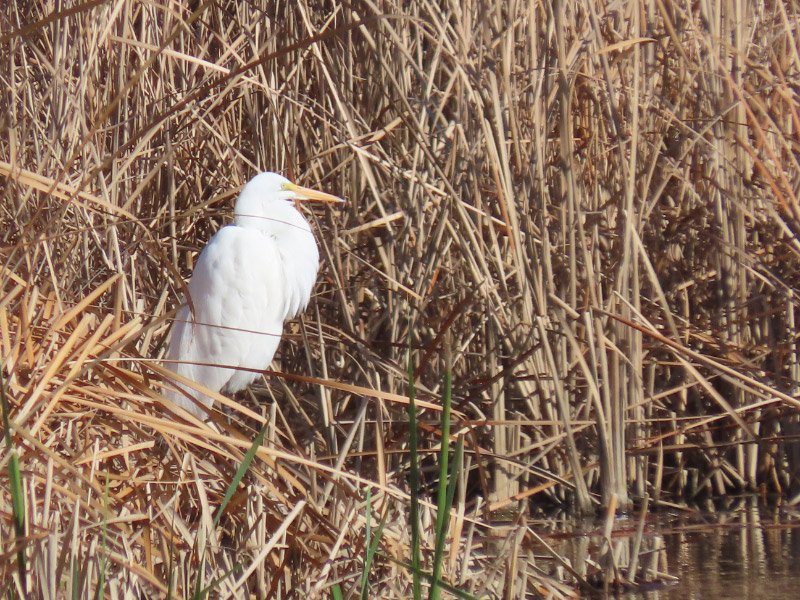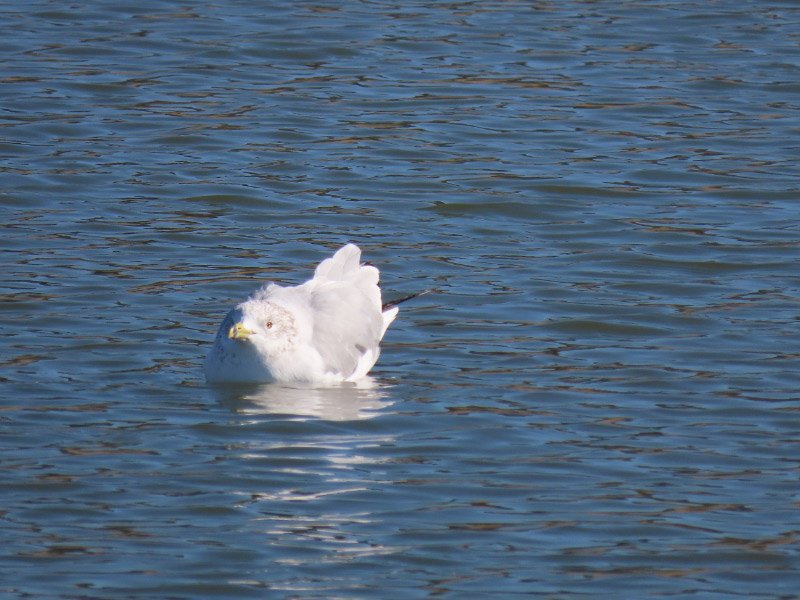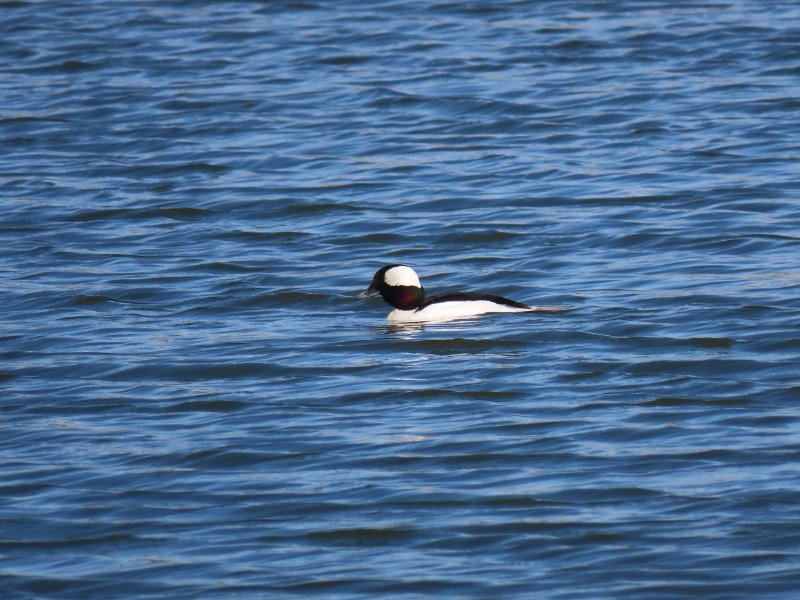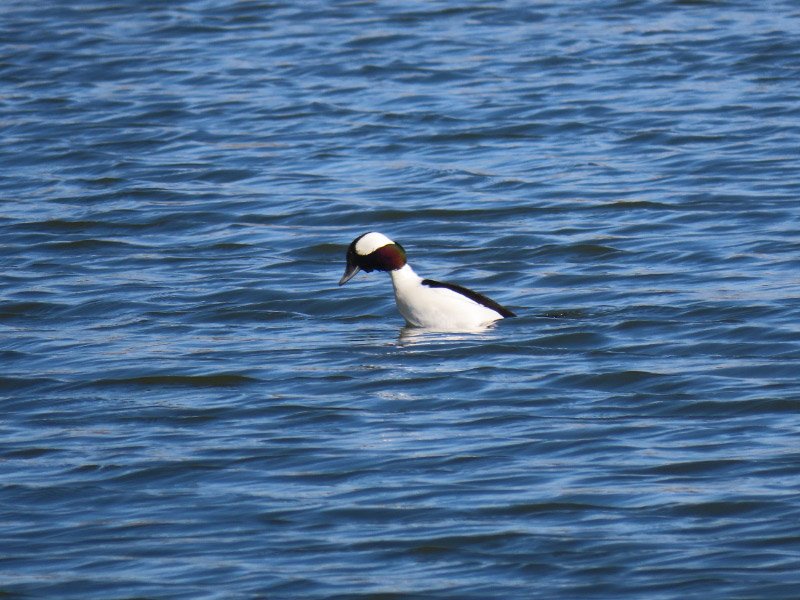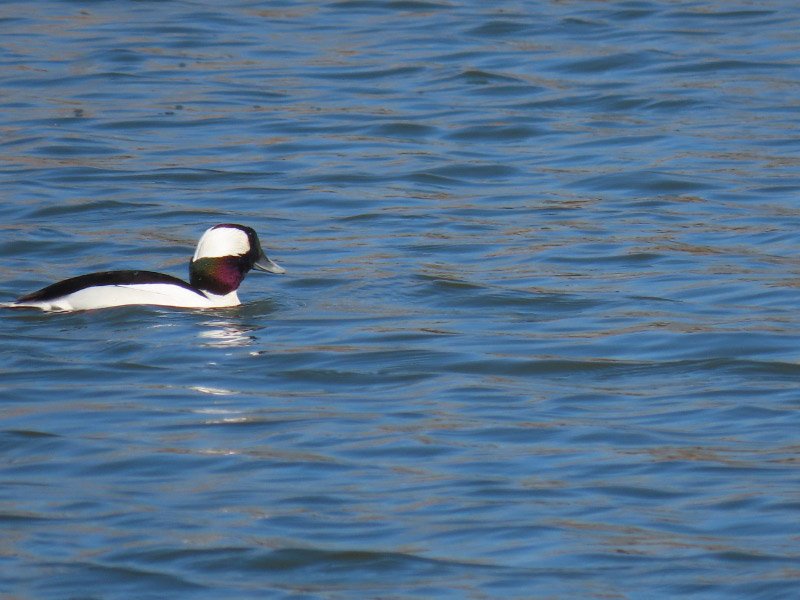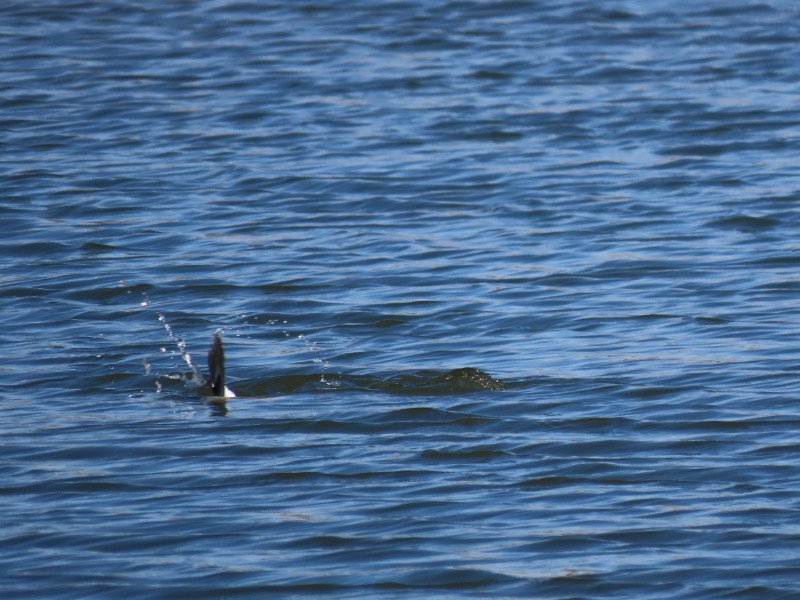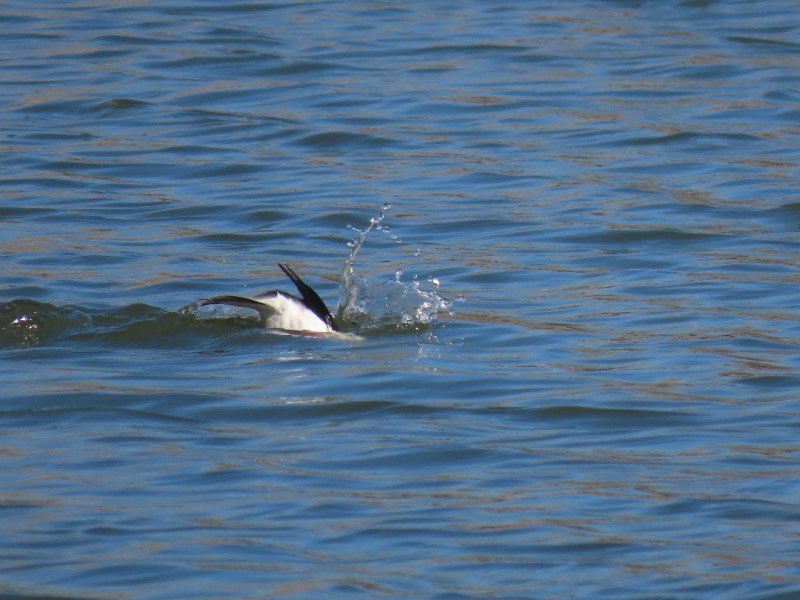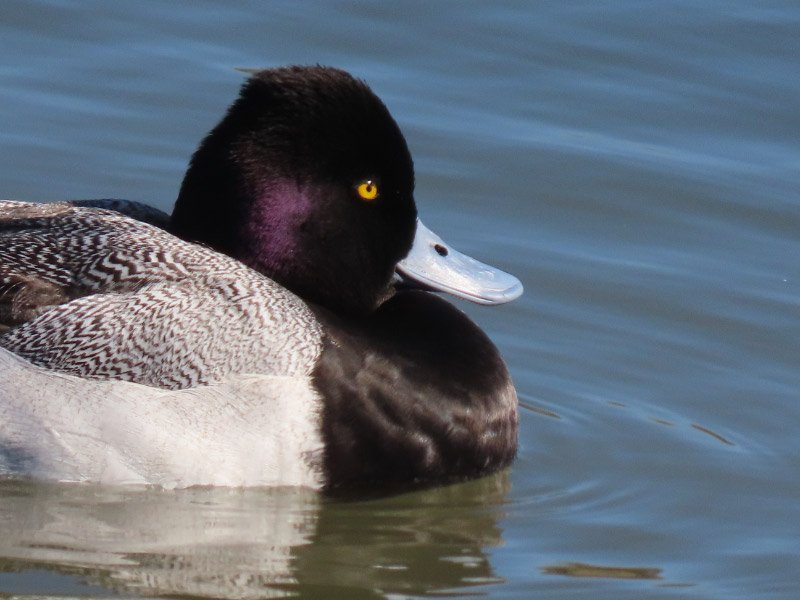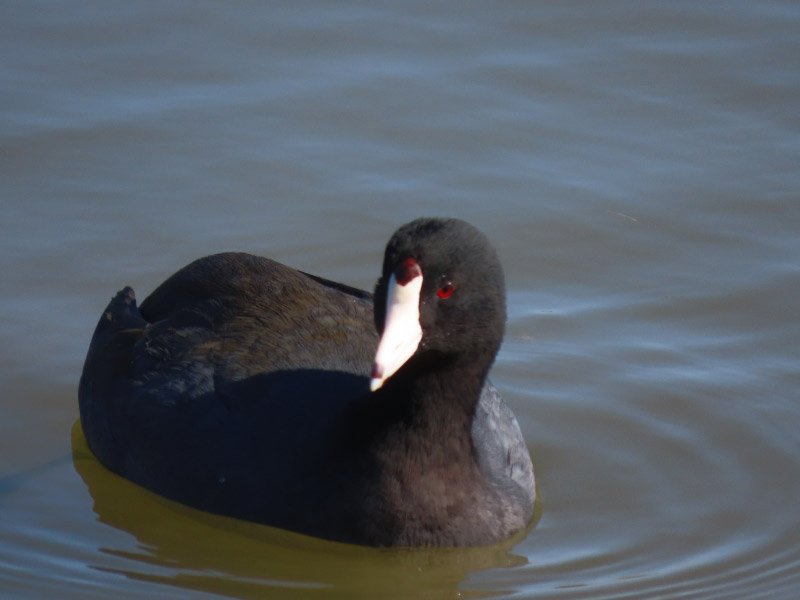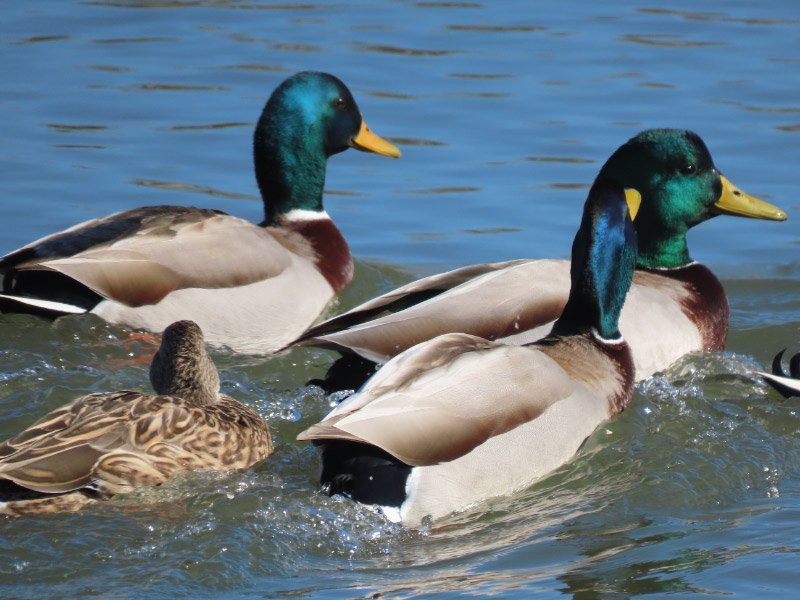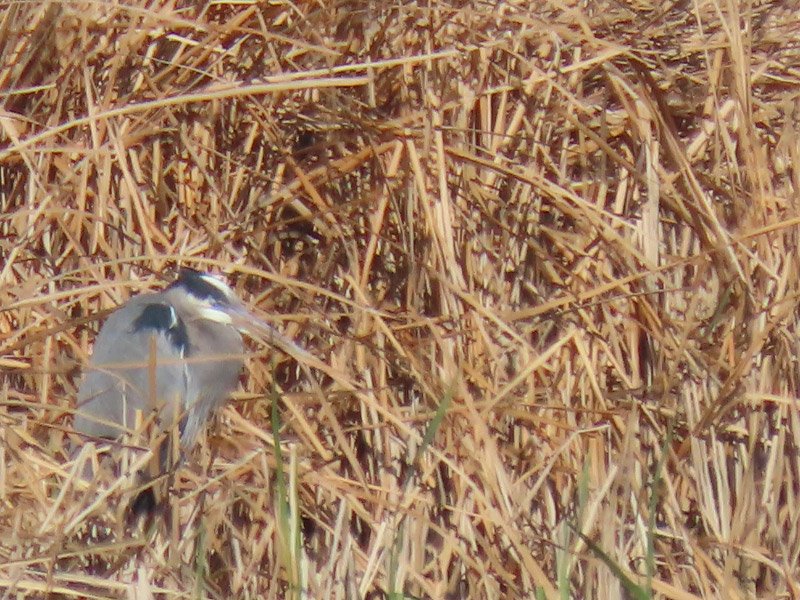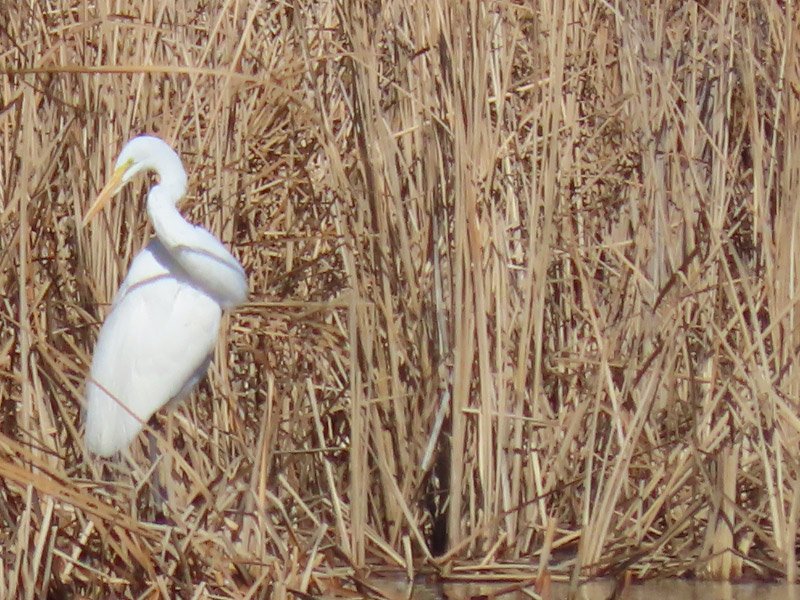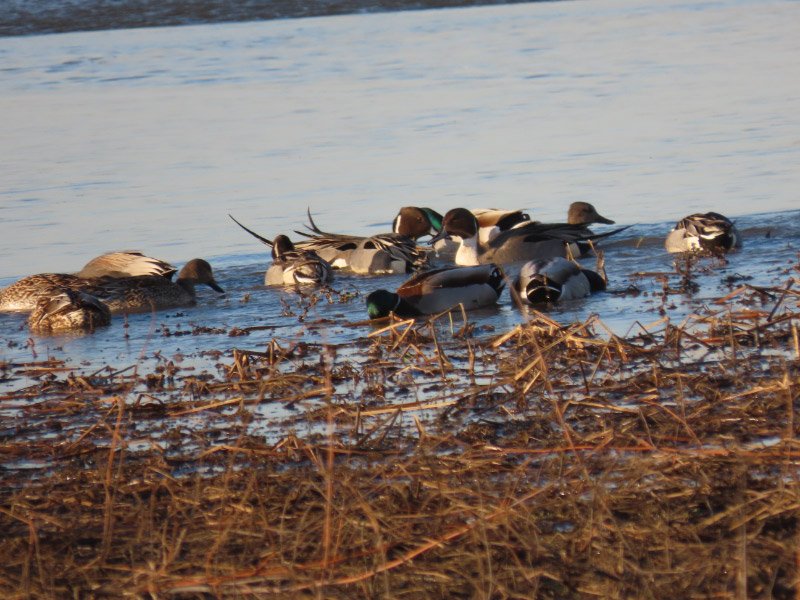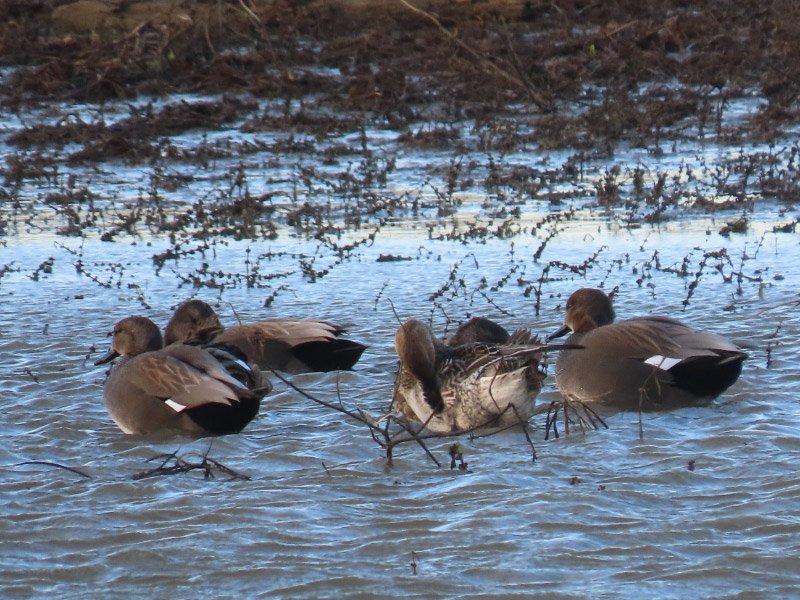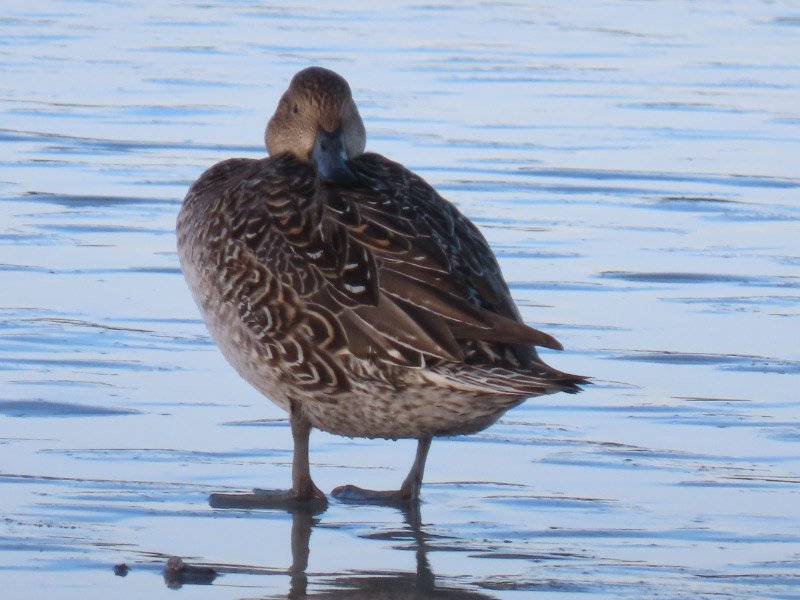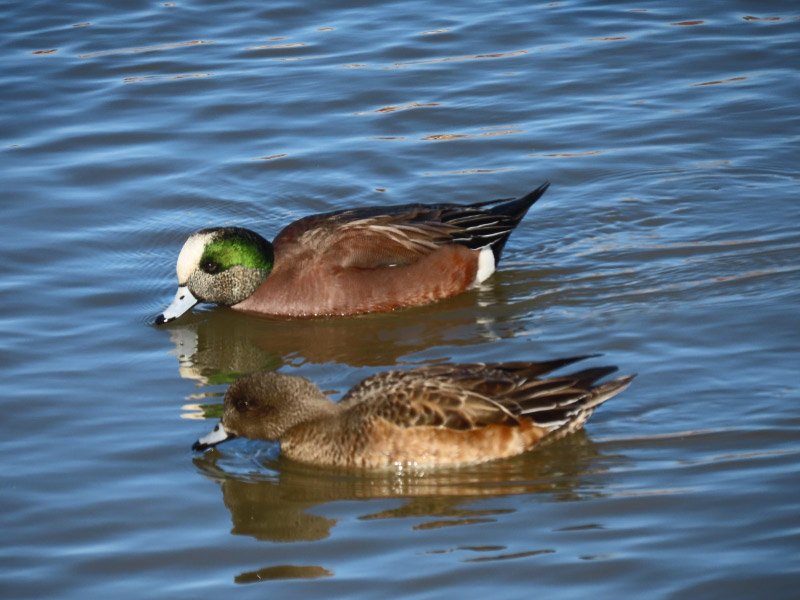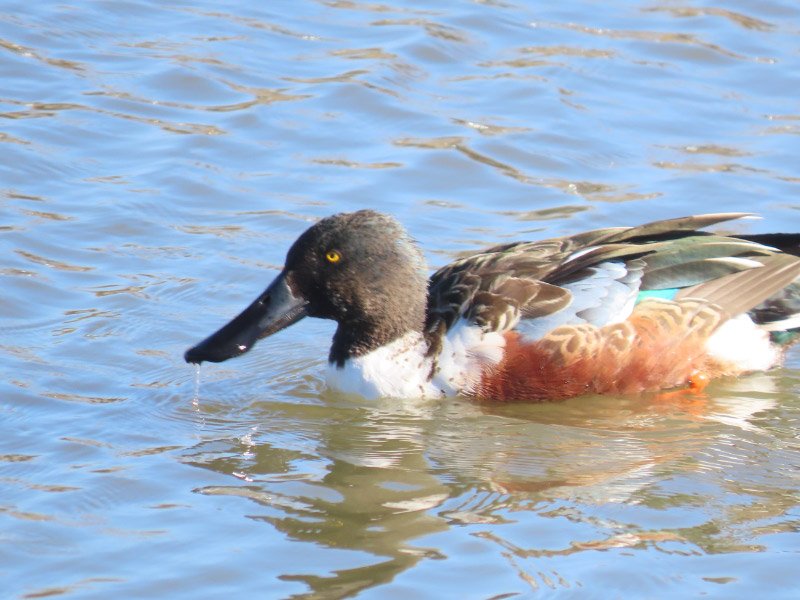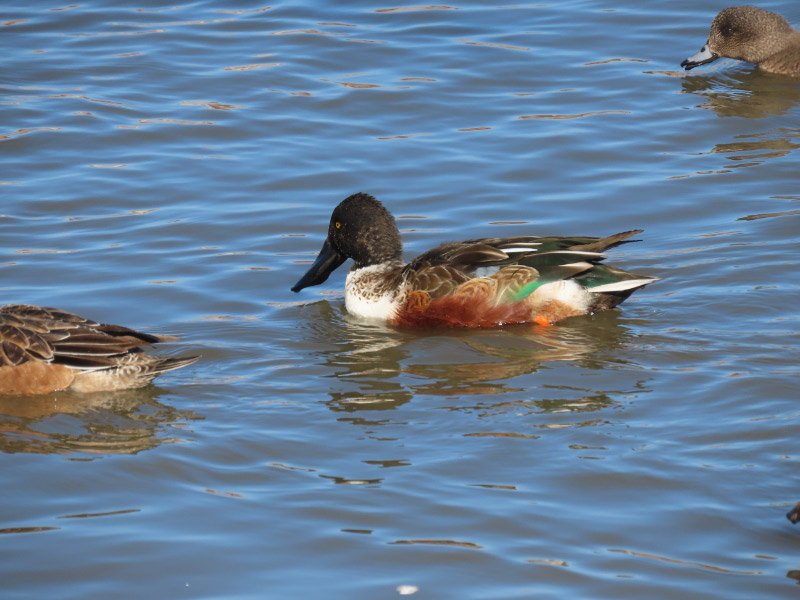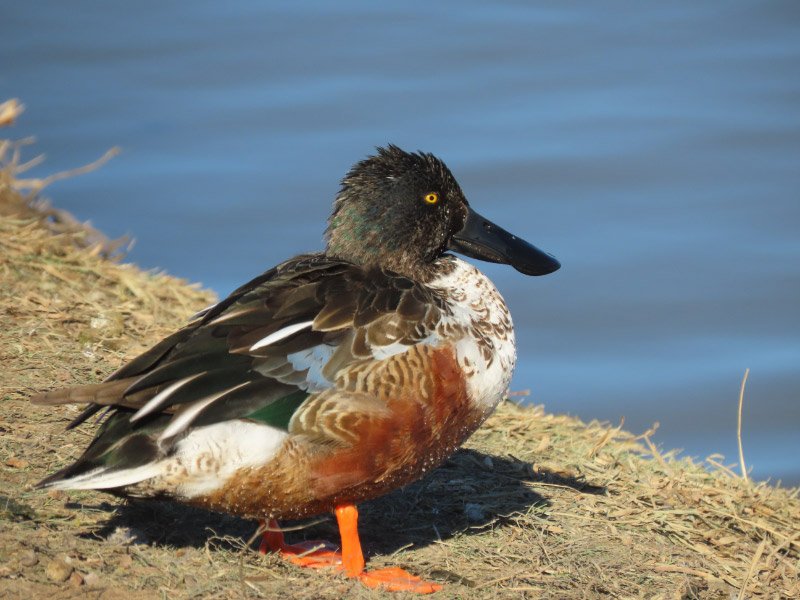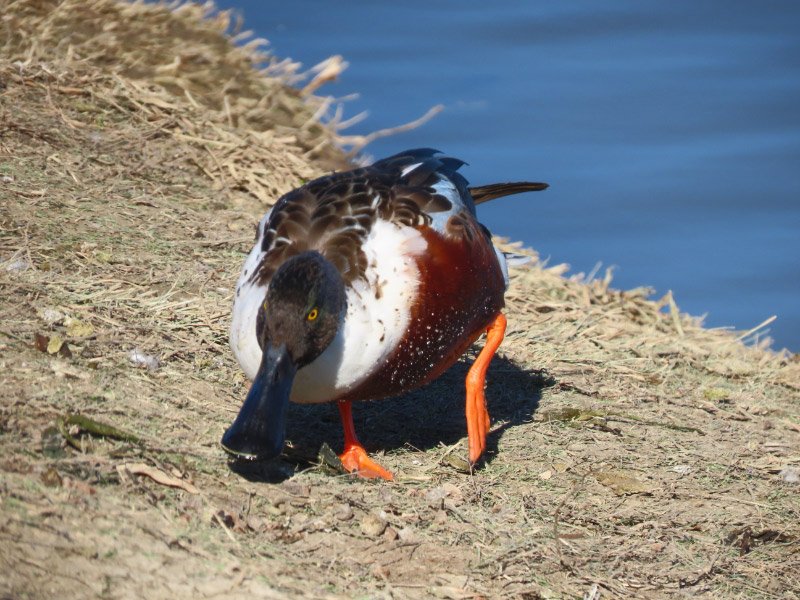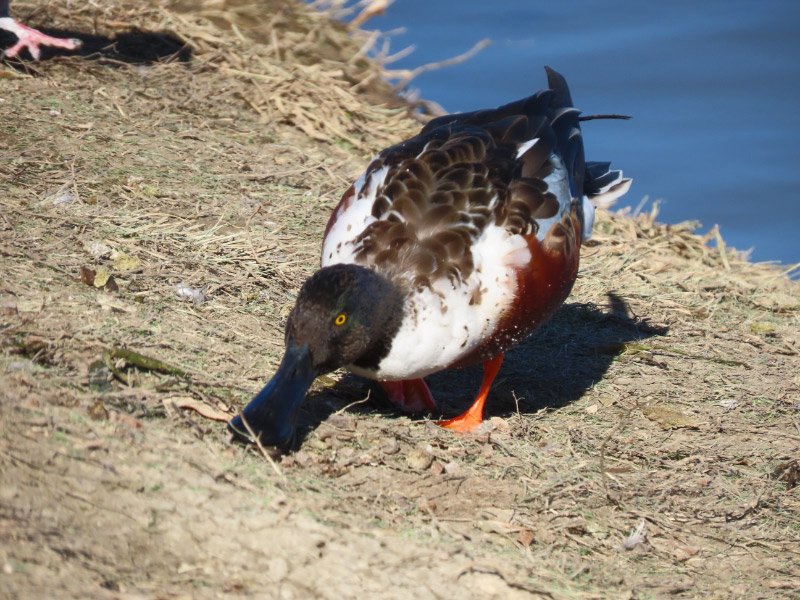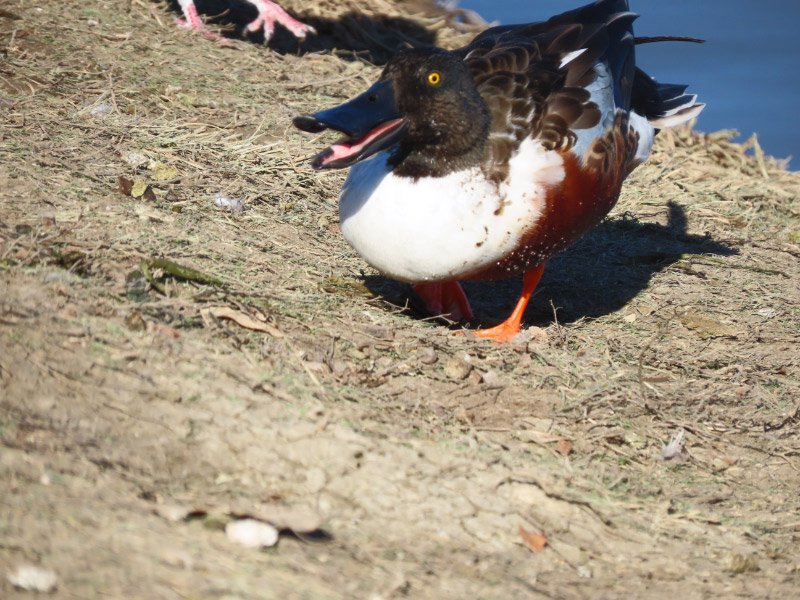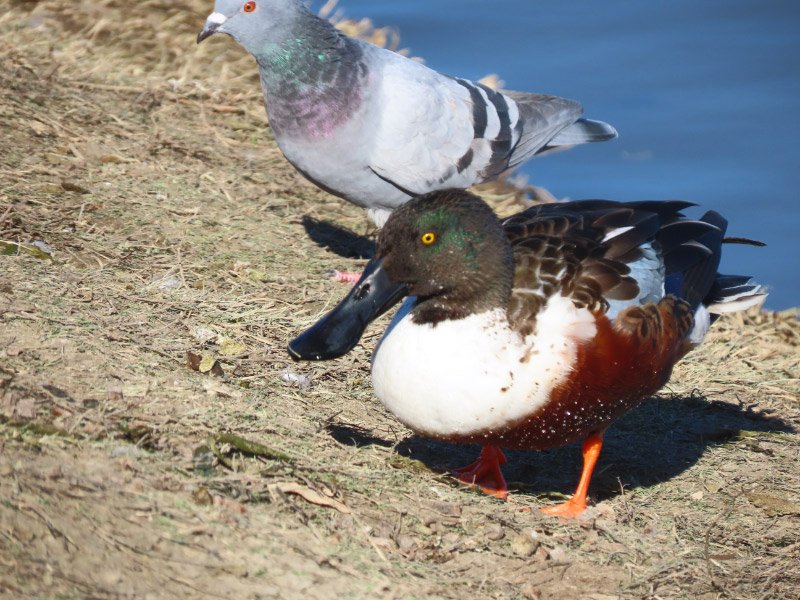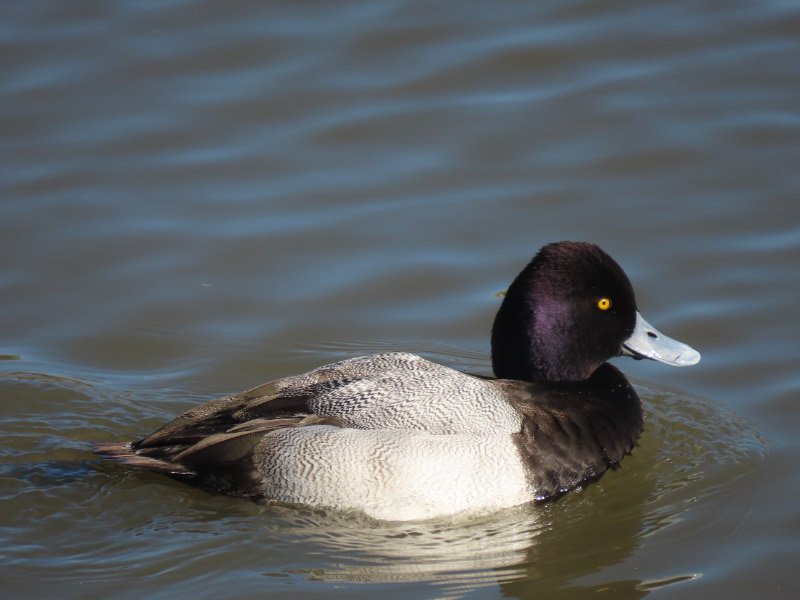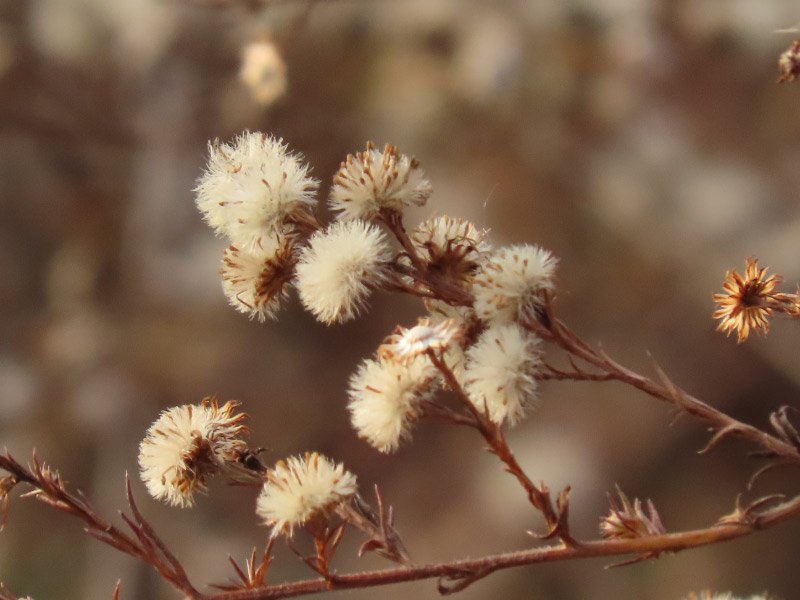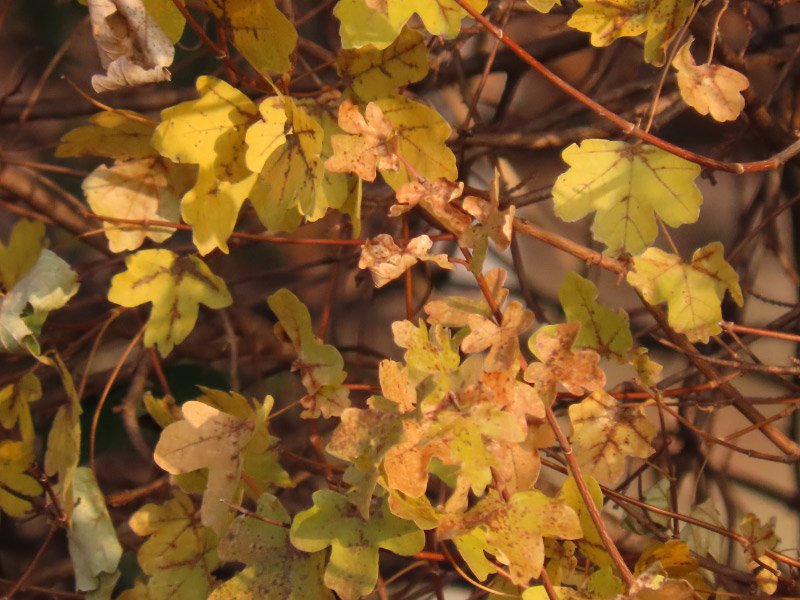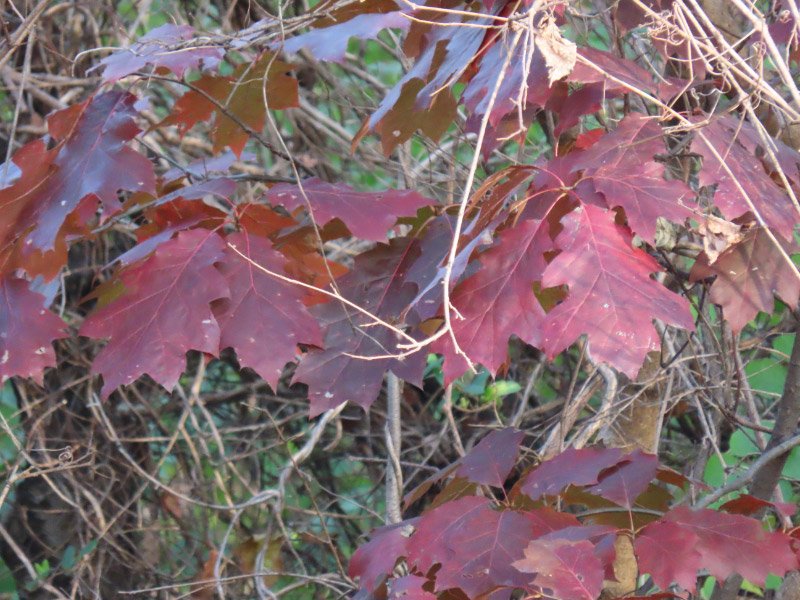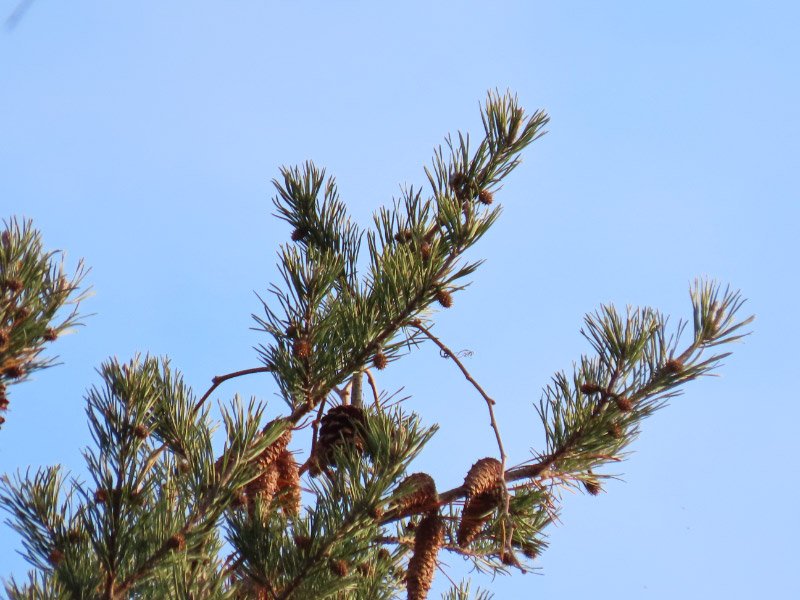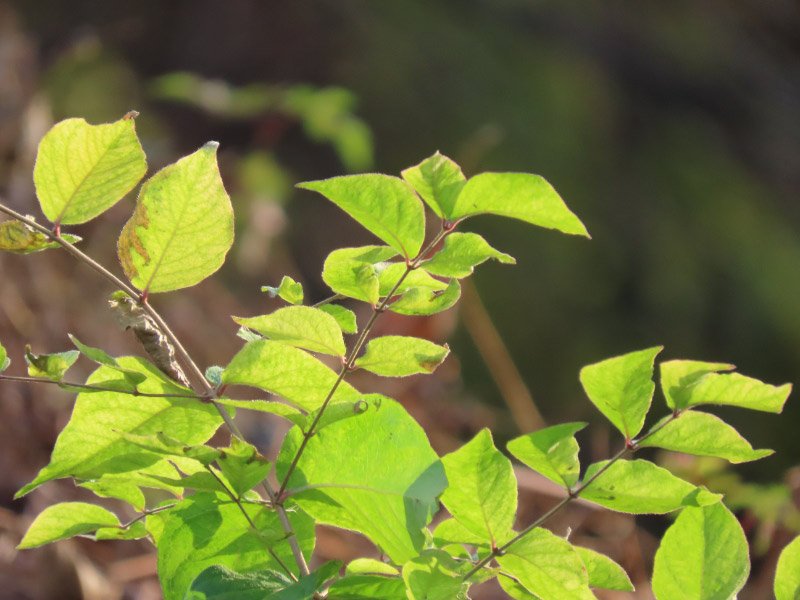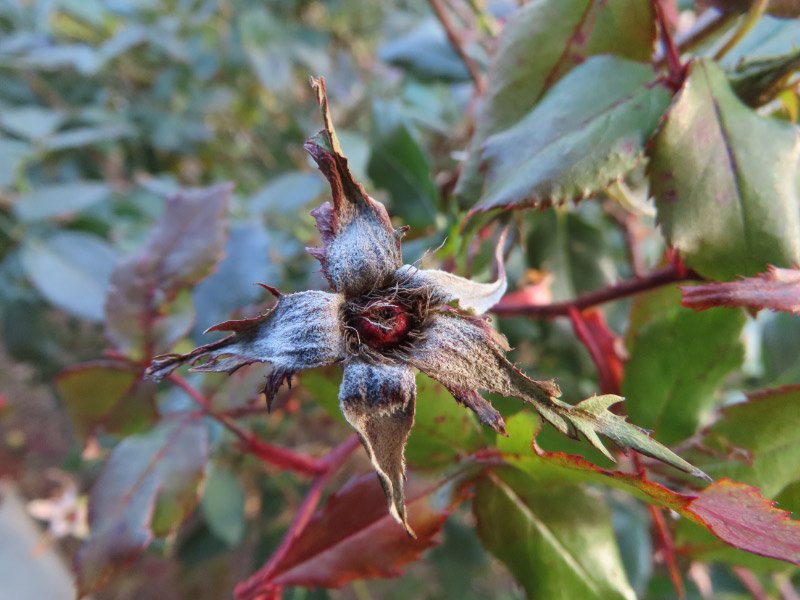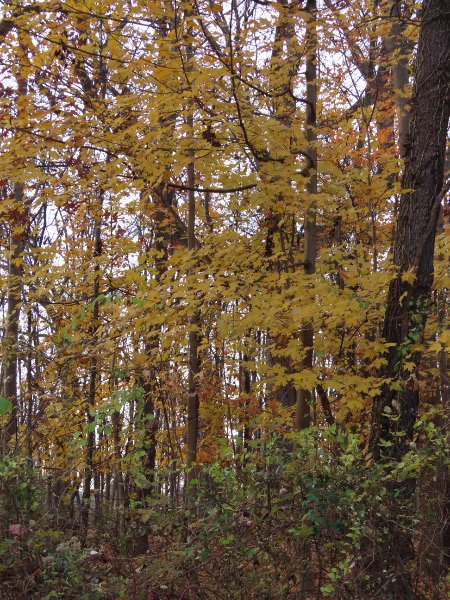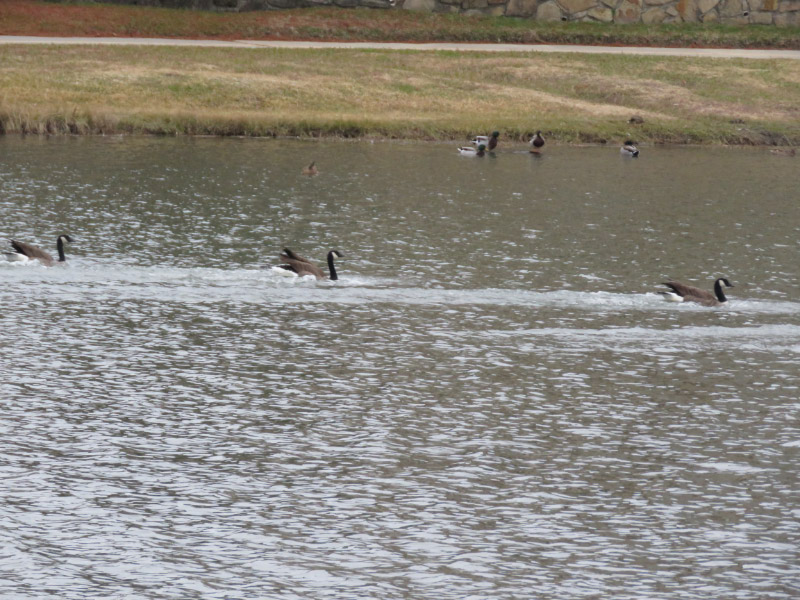Josey Ranch – January 2023
/The birds on the water at Josey Ranch in Carrollton, TX changed from when I was there in December. The Northern Shovelers were not there in January! The American Wigeon were there the first day I went in January but not on the second. It seems a little early for them to be migrating; maybe they have moved to a bigger pond. On my first visit – I saw American Wigeon, Lesser Scaup, American Coot, Great Egret, Ruddy Ducks, and gulls.
The surprise birds of the day were a pair of Buffleheads. They were busy diving for food! I’ve seen them occasionally at Josey Ranch before but they are not in the ‘regular’ birds there.
On the second day I visited, there were gulls lined up on the walkway near the parking lot. The Lesser Scaup, American Coot, and Great Egret were still around. The mallards seemed more numerous than on the first day (seemingly skewed toward males). There was a Great Blue Heron almost hidden in the reeds. The Ruddy Ducks were still there but sleeping just as they were on the first day.
I walked around to the native plants in a terraced area between the Library and Senior Center. It was almost too windy for macro pictures…but I tried anyway. Some berries were the only color….but the shapes of the dried remains of the plants from last summer are interesting enough.

